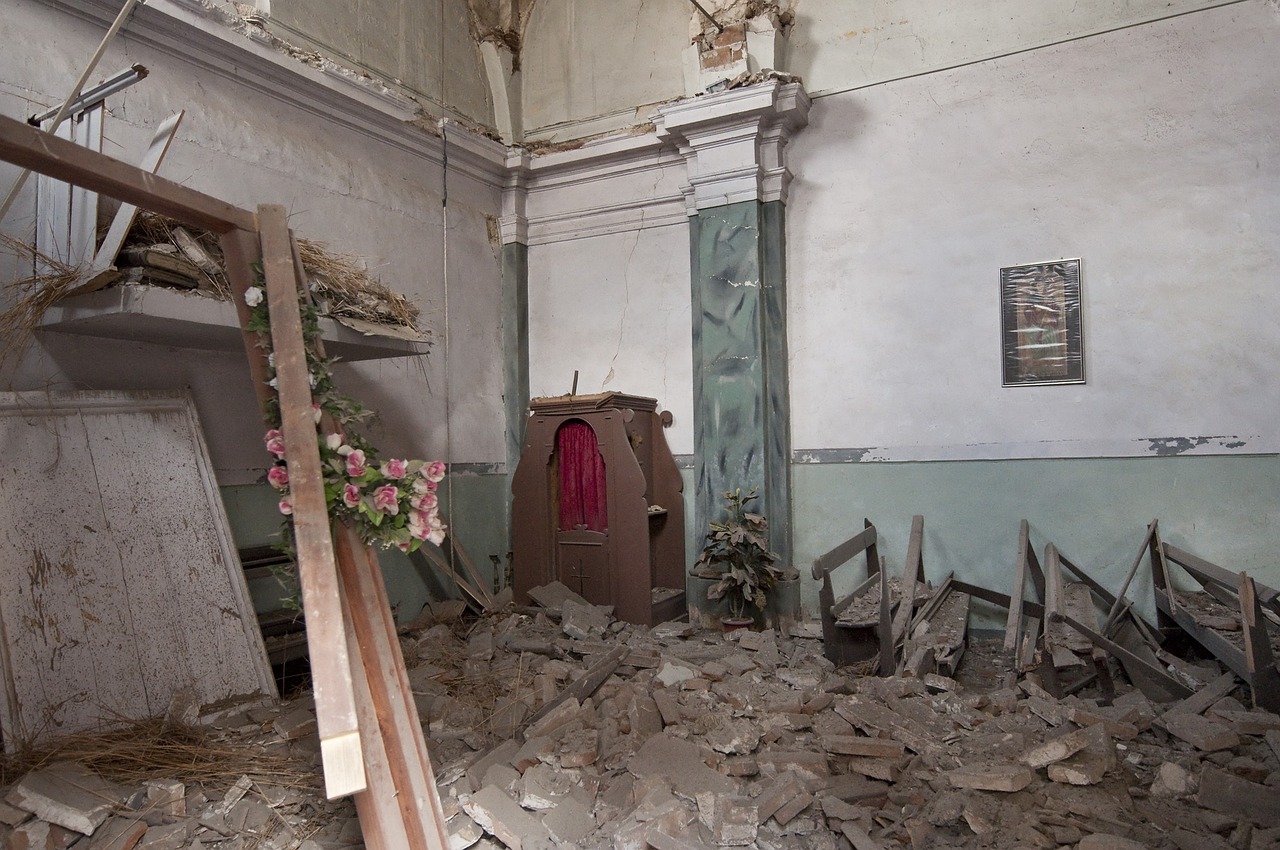Earthquakes happen without warning when built-up stress is suddenly released along fault lines. Even knowing a fault is under great stress predicting the exact moment of release is extremely difficult.
Though we have advanced tools like seismometers, GPS, and satellites to monitor seismic activity, the data isn't enough to predict precise earthquake time and place. Current models can only indicate increased risk areas - not pinpoint when quakes will hit.
Rather than precise predictions scientists focus on probabilistic forecasting to assess earthquake likelihood in a region over time. For example, they might say there's a 30% chance of a major quake in a specific area within 30 years. While helpful for long-term planning, this doesn't provide the specific timing a prediction would and
In summary, the unpredictable nature of the Earths crust the lack of clear warning signs, and limitations of current technology make precisely predicting earthquakes’ exact time, location, and magnitude out of reach. Scientists keep improving monitoring and modeling methods but for now, precision earthquake prediction remains impossible.


